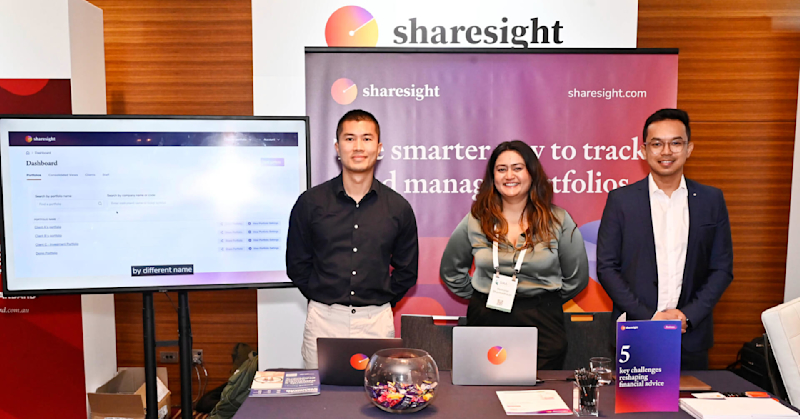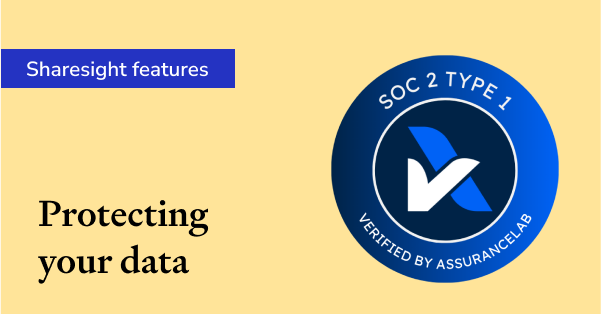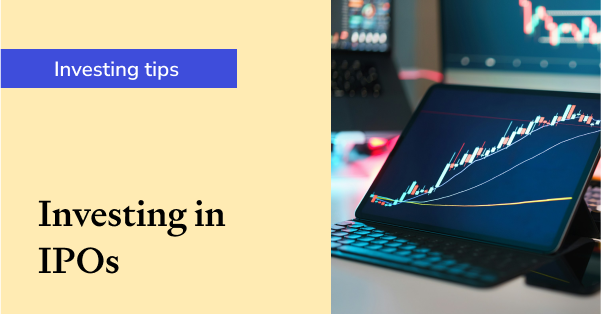What is dividend harvesting (dividend capture)?
Globally, investors seeking ongoing income love companies that pay out a regular dividend. This is especially true in countries like Australia, which boast a generous dividend imputation system that provides tax advantages to all investors and especially those approaching or in retirement. These dividend investors looking to live off the dividend income from their investment portfolio — either now or in the future — are often attracted to a strategy known as ‘dividend harvesting’ or ‘dividend capture’. While this article will explain this concept in more detail, it should be noted that actively trading in and out of positions to collect dividends is a risky undertaking and should be discussed with a financial adviser or similar expert before being attempted.

How a dividend harvesting strategy works
The theory behind dividend harvesting strategies is to buy shares in companies just before they pay their dividends and sell them soon after. This allows the investor to receive the dividend and any associated franking credits, while hoping the likely share price fall in the aftermath and admin fees are less than the dividend and tax credit received. Other rules such as having to hold the shares for 45 days or more in order to be eligible for the franking credits may apply, depending on the country, market or exchange. Dividends are usually paid out annually or quarterly, but some are paid monthly. The dividend harvesting strategy is widely accepted as working best with larger, less frequent dividend payouts.
Important dates
The record date is the date on which an investor has to own shares in a company in order to receive the declared dividend. The ex-dividend date is typically the last business day before the record date and the final chance for pending stock trades to settle. The security generally trades without its dividend after the ex-dividend date. To summarise: If you buy a dividend-paying stock one day before the ex-dividend you will still get the dividend; if you buy on the ex-dividend date or after, you won’t get the dividend. The reverse is true if you want to sell a stock and still receive a dividend that has been declared. You will need to sell on the ex-dividend day or after.
Potential stumbling blocks
In a world where markets operate with perfect efficiency, the dividend amount would be exactly reflected in a company’s share price until the ex-dividend date, when the stock price would fall by exactly the dividend amount — negating the dividend harvesting strategy. In other words, share prices are likely to be pushed higher prior to the ex-dividend date in anticipation of the dividend and the price normally falls on or around the payment date. While the risk of the market ‘pricing in’ the dividend with no real advantage to be gained by an individual investor's timing, often a trade will capture a substantial portion of the dividend despite selling the stock at a slight loss following the ex-dividend date.
Example of dividend harvesting
In theory, this strategy offers continuous profit opportunities since there is at least one stock paying dividends almost every trading day somewhere in the world. Investopedia uses the example of Coca Cola in the US, which was trading at $66.52 per share on April 27, 2011. The following day, on April 28, the board of directors declared a regular quarterly dividend of $0.47 cents and the stock jumped $0.41 cents to $66.93. Although theory would suggest the price jump would amount to the full amount of the dividend, general market volatility also plays a role in the price of the stock. Six weeks later, on June 10, the company was trading at $64.94. This would be the day when the dividend capture investor would purchase the Coca-Cola shares. On June 13, the dividend was declared, with the share price rising to $65.12. This would be an ideal exit point for the investor who would not only qualify to receive the dividend but would also realise a capital gain. Unfortunately, this type of scenario is not consistent in equity markets and by no means guaranteed, even for expert investors.
Other risks with dividend harvesting
Aside from the potential stumbling blocks already mentioned, implementing a dividend harvesting strategy requires a lot of capital to be sitting in cash, waiting for an ex-dividend date. This means potential investment capital sitting on the sidelines much of the time rather than in the market and potentially earning a return. It can also be very time consuming as investors may be managing more trades and research in a more active / hands on manner than they are used to. Fees and commissions are an importation cost to consider as this strategy can require many time-sensitive trades and broker costs can easily offset any profits. Finally, investors should factor in the tax consequences of this strategy as selling an asset that has been held for less than one year may qualify any profits as a short-term capital gain.
Track the impact of dividends on your investment performance
With Sharesight’s advanced dividend tracking and performance reporting features, investors can access unparalleled insights into their investments at the click of a button.
Sharesight isn’t only for tracking dividends, it’s the complete investment performance tracking and reporting tool, allowing investors to:
-
Track all your investments in one place, including domestic and international stocks, mutual/managed funds, property, foreign currency and even cryptocurrency
-
Run powerful performance reports to calculate your portfolio Performance, Diversity and Contribution Analysis
-
Easily share access of your portfolio with family members, your accountant or other financial professionals so they can see the same picture of your investments as you do
Sign up for a free Sharesight account and start tracking the impact of dividends on your investment performance (and tax) today!
![]()
FURTHER READING

Key takeaways from SIAA 2025: Trends, insights & industry highlights
We summarise the key takeaways from the 2025 SIAA conference in Sydney, covering industry insights, market trends and the future of financial advice.

5 ways Sharesight keeps your data safe
Here at Sharesight, we maintain constant vigilance around cyber security. In this blog, we discuss five ways Sharesight keeps your data safe.

The investor's guide to IPOs: Risks, rewards and strategies
Discover when to invest in IPOs, how to approach them strategically, and how Sharesight helps you track and optimise your performance.